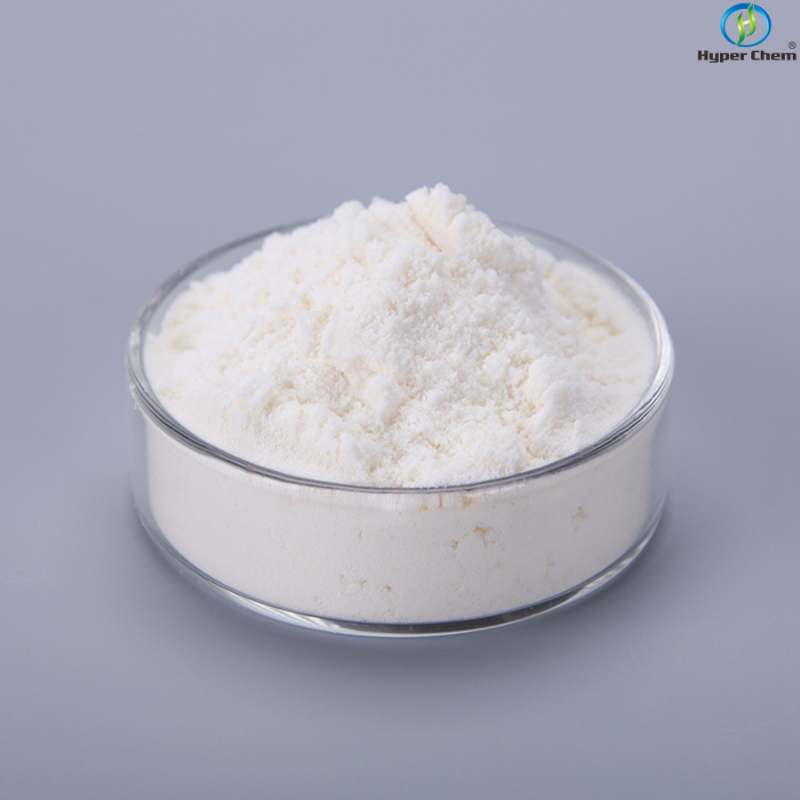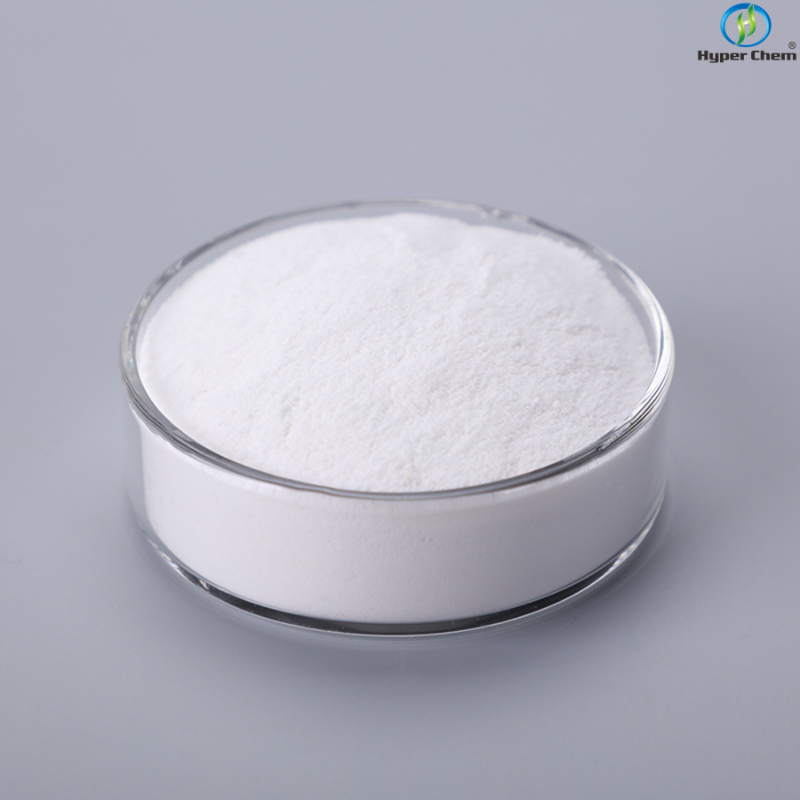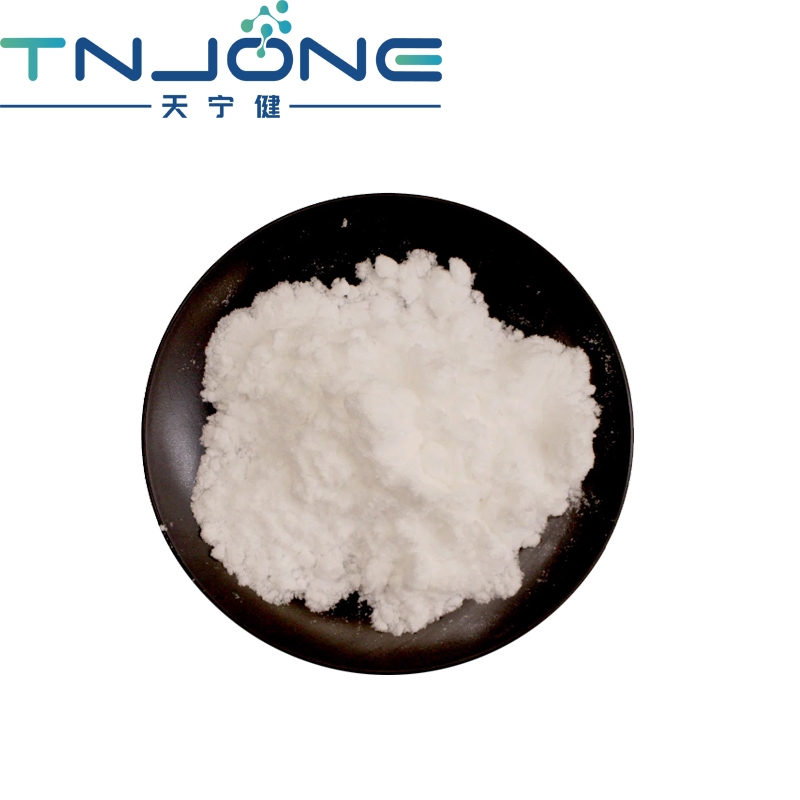-
Categories
-
Pharmaceutical Intermediates
-
Active Pharmaceutical Ingredients
-
Food Additives
- Industrial Coatings
- Agrochemicals
- Dyes and Pigments
- Surfactant
- Flavors and Fragrances
- Chemical Reagents
- Catalyst and Auxiliary
- Natural Products
- Inorganic Chemistry
-
Organic Chemistry
-
Biochemical Engineering
- Analytical Chemistry
-
Cosmetic Ingredient
- Water Treatment Chemical
-
Pharmaceutical Intermediates
Promotion
ECHEMI Mall
Wholesale
Weekly Price
Exhibition
News
-
Trade Service
Immune thrombotic thrombocytopenic purpura (iTTP) is a type of severe and life-threatening thrombotic microangiopathy (TMA)
.
The disease is mainly caused by the deficiency of ADAMTS13 enzyme caused by circulating autoantibodies in serum, and the disease has high morbidity and mortality
.
Deficiency of ADAMTS13 enzyme can cause von Willebrand factor (vWF) cleavage disorder and lead to microvascular thrombosis of vWF/platelet.
The final clinical manifestations are characterized by thrombocytopenia, microangiopathic hemolytic anemia, and tissue ischemia
.
Current treatment modalities for iTTP include plasma exchange (PE), immunosuppression, and caprolizumab
.
Patients with iTTP persistently deficient in ADAMTS13 enzyme activity had a higher risk of post-remission relapse compared with patients with complete recovery of ADAMTS13 enzyme activity
.
The underlying cause of relapsed/refractory iTTP is the re-or persistent production of autoantibodies against ADAMTS13 enzyme by specific B cells (probably plasma cells and plasma cells) against ADAMTS13 enzyme
.
Daratumumab is a CD38 monoclonal antibody approved for the treatment of multiple myeloma, and specific B cells targeting the ADAMTS13 enzyme highly express CD38, so daratumumab is a promising candidate for targeting the underlying cause of iTTP of drugs
.
There have been multiple case reports on the successful treatment of daratumumab in autoimmune hemolytic anemia, systemic lupus erythematosus, autoimmune encephalitis, transplant rejection, and autoimmune cytopenia after hematopoietic stem cell transplantation
.
Based on this, researchers have treated two patients with relapsed/refractory iTTP with daratumumab and reported its efficacy and safety
.
Patient characteristics Patient 1 is a 32-year-old male who first developed iTTP with severe ADAMTS13 enzyme deficiency (<5%) in 2014.
The first and second relapses were 20 months and 20 months after the first diagnosis, respectively.
At 54 months, all three treatments were in remission with PE and corticosteroids
.
After the first relapse, the patient received 4 doses of rituximab (375 mg/m2) and had >90% ADAMTS13 enzyme activity during the remission phase before relapse
.
The third relapse occurred 74 months after the first diagnosis, in addition to PE and corticosteroids, the third relapse received carbocizumab and 4 doses of rituximab (375 mg /m2) (Table 1)
.
Although the patient achieved clinical remission, severe ADAMTS13 enzyme deficiency and corresponding autoantibodies persisted for the subsequent 4 months
.
Based on this situation, the investigators decided to give the patient 4 doses of daratumumab once a week
.
Patient 2 was a woman with a diagnosis of acute TMA at 38 weeks of her second gestation
.
The doctor presumed that the patient developed HELLP syndrome (characterized by hemolysis, elevated liver enzymes, and thrombocytopenia), and performed a cesarean section, but the laboratory indications and clinical symptoms of TMA persisted, and the ADAMTS13 enzyme was severe.
Absence (<5%) and persistence of autoantibodies (Table 1)
.
The patient was initially treated with PE and corticosteroids, and his platelets remained below 50×109/L
.
The platelets returned to normal only rapidly after the patient was given caprolizumab on day 14 of PE
.
The patient was not initially treated with rituximab due to her desire for breastfeeding, so she received 4 doses of rituximab (375 mg/m2) on day 29
.
Despite the reduction in B cells, ADAMTS13 enzymatic activity did not improve, so the patient continued to receive caprolizumab to prevent clinical relapse
.
Based on this situation, the investigators decided to give the patient 6 doses of daratumumab once a week
.
Table 1.
Dosage Investigators administered daratumumab intravenously at a dose of 16 mg/kg
.
Two patients were treated in different university hospitals; according to case reports of patients with systemic lupus erythematosus, patient 1 received a total of 4 doses of daratumumab once a week, according to the early treatment regimen of antibody-mediated transplant rejection after kidney transplantation, Patient 2 received a total of 6 doses of daratumumab once a week
.
To prevent infusion-related adverse reactions, both patients received methylprednisolone, antihistamines, and acetaminophen
.
Efficacy and safety Both patients are typical representatives of iTTP patients
.
Patient 1 initially achieved complete clinical remission and restoration of ADAMTS13 enzyme activity with standard therapy, followed by relapse and eventual development of persistent autoantibodies against ADAMTS13 enzyme despite treatment with rituximab
.
Patient 2 was refractory at the initial stage of the disease, and after PE, cortisols, and rituximab, ADAMTS13 enzyme deficiency and autoantibodies persisted, and caprolizumab could not be discontinued
.
For efficacy, two patients rapidly achieved ADAMTS13 autoantibody clearance and normal ADAMTS13 activity after receiving daratumumab (Figure 1)
.
Disappearance of autoantibodies and normalization of ADAMTS13 enzymatic activity 1 week after the first infusion in Patient 1
.
For 14 weeks following daratumumab treatment, he was in sustained clinical remission and normal ADAMTS13 enzyme activity
.
Partial recovery of ADAMTS13 enzyme activity (increased to 25%) was observed 1 week after the second daratumumab infusion in Patient 2, and complete recovery of ADAMTS13 enzyme activity was observed 2 weeks later
.
Capseizumab was discontinued after day 121
.
Ten weeks after completion of daratumumab treatment, Patient 2 was in sustained complete clinical remission with normal ADAMTS13 enzyme activity
.
Figure 1 For safety, daratumumab was considered in these two patients due to its favorable safety profile compared with other plasma cell-targeting agents
.
During treatment, the mAb was also well tolerated in two patients, with only one grade 1 adverse reaction (mild chest compression) in patient 1 and 2 in patient 2 during the first infusion only.
Grade adverse reactions (flushing, hoarseness, nausea)
.
To summarize the above two typical patients with relapsed/refractory iTTP were treated with daratumumab, the ADAMTS13 enzyme activity recovered rapidly and the corresponding autoantibodies disappeared, and they were stable at 14 weeks and 10 weeks after the completion of treatment, respectively.
Drug-related adverse events occurred
.
However, the addition of daratumumab to the current standard of care for iTTP to target the clearance of pathogenic plasma cells that produce autoantibodies requires further clinical trials to evaluate the long-term efficacy of daratumumab in patients with iTTP and security
.
Reference: van den Berg, J.
et al.
Daratumumab for immune thrombotic thrombocytopenic purpura.
Blood Adv.
6, 993–997 (2022).
Click "read the original text", we will progress together







